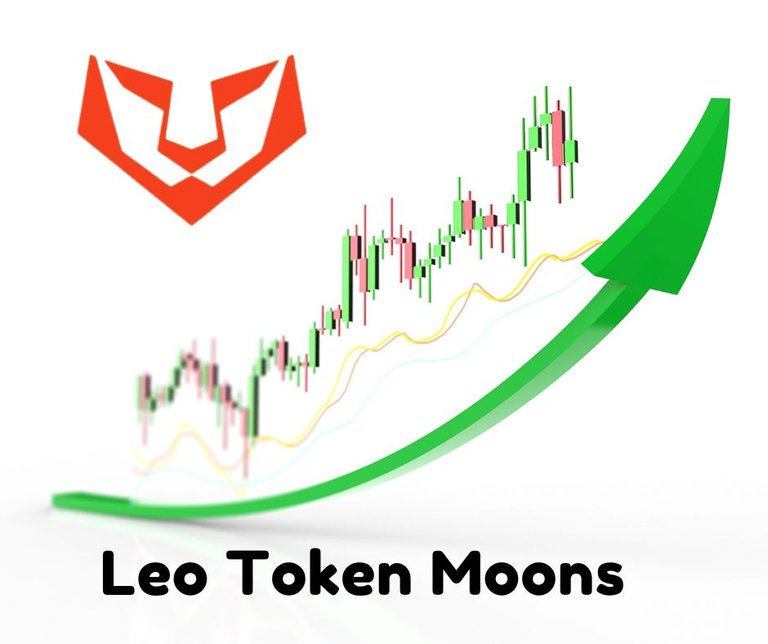Leo Token Moons

Leo Token Moons
In the fast moving world of Web3 tokenomics can make or break a project. For InLeo a transformative leap into the future has sparked a strong market response. Since launching its long anticipated upgrade LEO 2.0 the platform’s native token, $LEO has jumped 21%, pushing the price to USD 0.10c per token. But what exactly is driving this surge and why is the market so bullish on LEO’s new trajectory?
Let’s break down the major changes that came with InLeo 2.0 and explore how they’ve redefined the value proposition of one of Hive’s most prominent projects.
From Social Media Token to DeFi Powerhouse
Launched a number of years ago as a social token to reward bloggers and curators on the Hive blockchain, $LEO has evolved far beyond its original roots. Today, it's not just a content rewards token it’s becoming a serious player in the Decentralised Finance (De-Fi) space.
The LEO 2.0 upgrade was originally slated for 2034, but the InLeo team decided to accelerate the roadmap and launch it in mid 2025. The upgrade centres around three pillars: deflationary economics, cross-chain utility and protocol revenue staking and the combination has clearly impressed investors and token holders as the native token continues to increase in value showcasing there is no shortage of people wanting in on the project.
One of the most impactful changes in LEO 2.0 is the complete overhaul of its token supply mechanics:
Max Supply: Capped at 30 million (down from 50 million)
Inflation: Permanently disabled
New Emissions: None—no more tokens will ever be minted
This makes LEO a deflationary asset, with the only way for supply to decrease being through token burns. And that's exactly what’s happening. Every time a user swaps tokens across chains using LeoDex (now a centerpiece of the InLeo ecosystem), a 1–5% fee is collected and burned on Arbitrum.
This setup creates an automatic sink for LEO supply, especially with arbitrage traders frequently moving funds between Arbitrum, Binance Smart Chain (bLEO), Polygon (pLEO), and Hive (heLEO).

In Built Buy Back Mechanisms
InLeo has also implemented an aggressive buyback program that runs from June 25 to September 23, 2025. For these 90 days, 100% of LeoDex affiliate revenue generated through integrations with protocols like THORChain, Maya, and ChainFlip is used to buy back LEO and stake it as sLEO.
Why is this important? Because sLEO stakers earn daily USDC rewards, and those rewards are recycled into more LEO buybacks. It creates a self-sustaining loop: buy LEO → stake LEO → earn USDC → buy more LEO.
Even after the initial buyback period ends, affiliate revenue will continue to be distributed daily to sLEO holders. This ensures continuous token demand tied directly to protocol usage.
So as we can see, things are already working in the projects favour and we might just get to see the token back to it's USD 1 value it was many years ago.
What are your thoughts?
image sources provided supplemented by Canva Pro Subscription. This is not financial advice and readers are advised to undertake their own research or seek professional financial services
Posted Using INLEO

I have been following this journey along and I would be really happy about a 1$ LEO price.
Leodex is a great DEFI tool and also my go to wallet interface.
it is a wonderful thing I am glad I made dragon at last LPUD!